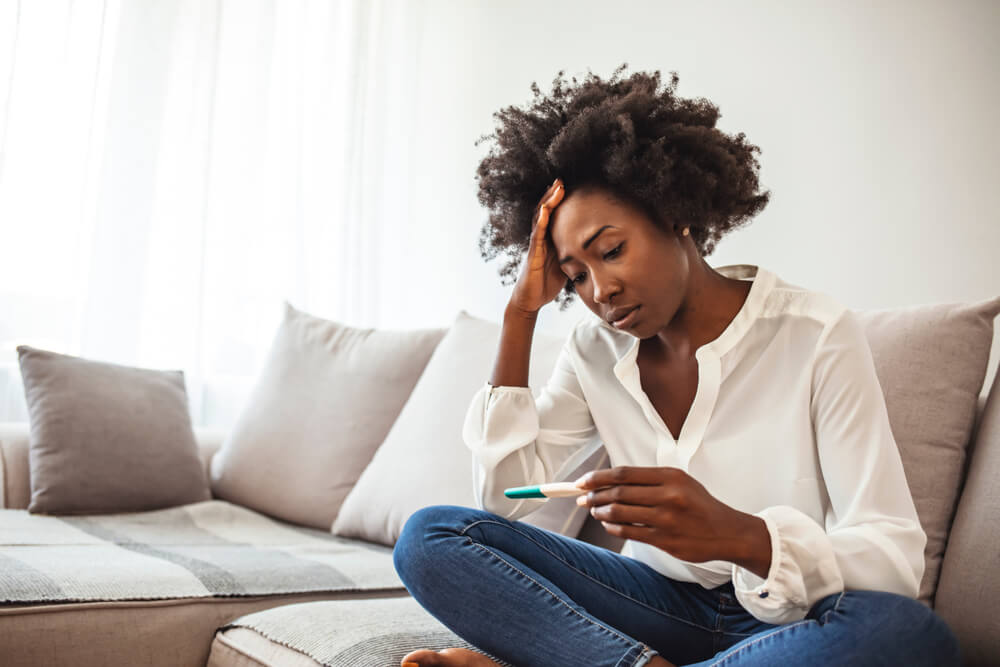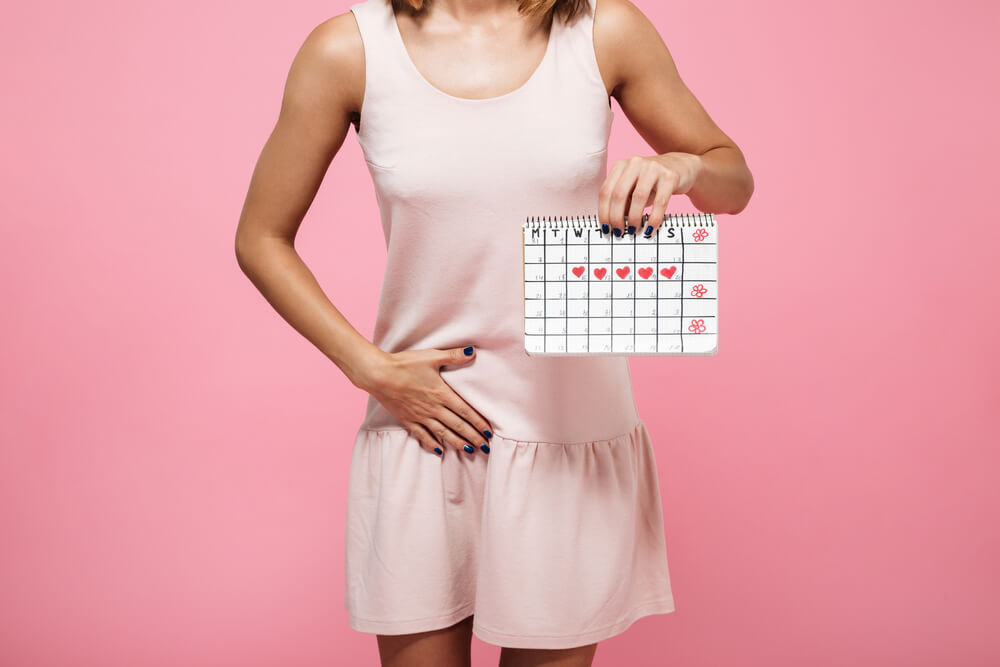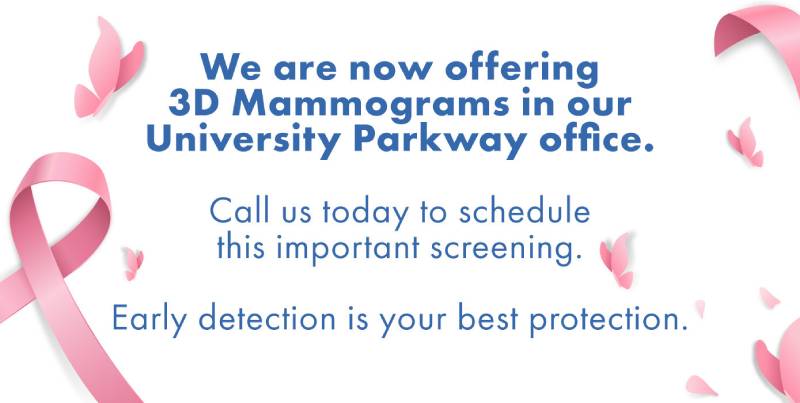Have you ever asked yourself, “can I get pregnant after ovulation?” Yes, pregnancy after ovulation is possible and could happen, but in a very short timeframe. It’s actually more likely to get pregnant before ovulation. Essentially, the egg is not just passively waiting to be fertilized, which is why it is so important for women to keep track of their menstrual cycle and ovulation rhythm if they want to calculate their fertile window.
How Ovulation Works
In order to get pregnant or avoid unwanted pregnancy, it’s crucial to understand your ovulation cycle. To put it simply, ovulation is a period in your cycle when one of the ovaries releases matured egg. This usually takes place around the 14th day of a 28-day cycle, with the first day of the period marking the 1st day of the cycle. Obviously, this number is not set in stone, and every woman is different. The ovulation lasts for about 10 days on average. That period is known as a fertility window when a woman is most likely to conceive.
Ovulation is a female reproductive hormonal process that involves five hormones. Three of those hormones, namely GnRH, FSH, and LH, are produced in the brain, while the other two, progesterone and estrogen, are produced in the ovaries.
Menstrual Cycle Ovulation Patterns

The entire pattern of the menstrual cycle is divided into four different phases. We mentioned a 28-day cycle as an average cycle length, but it can range anywhere from 21 to 35 days and still falls under the normal and healthy category. It’s important to keep track of and know these phases if you’re worried about pregnancy after ovulation or you’re actually trying to get pregnant. Also, if you’re worried about the length of your cycle and find something unusual that worries you, don’t hesitate to get in touch with the best obstetric specialist in Florida whom you can fully trust.
The menstrual phase
As the name suggests, the menstrual phase refers to the time in your cycle when a woman has her period (menstruation). The period is triggered when the egg from the previous phase remains unfertilized and the levels of progesterone and estrogen drop. Since the womb has no use for the lining without pregnancy, it sheds it, which presents as menstrual bleeding that could last 3-7 days on average.
The follicular phase
Another phase that starts on the first day of the period is the follicular phase. FSH hormone triggers the ovaries to produce about 5-20 follicles that contain an immature egg each. This then boosts estrogen, which, in turn, makes the uterus lining thicker. The follicular phase can last anywhere from 11 to 27 days, with 16 being the average. The phase ends with the ovulation of one (sometimes two) eggs.
The ovulation phase
Rising estrogen triggers the production of LH hormone, which marks the beginning of the ovulation phase. The egg gets released and goes down to the uterus via fallopian tubes. This is essentially the timeframe when women can get pregnant. In case the fertilization doesn’t occur within 24 hours, the egg will disappear.
The luteal phase
Once ovulation is over, the luteal phase begins. The empty follicle becomes a corpus luteum and releases progesterone in order to thicken the uterus lining and prepare it for the embryo. And if there’s no embryo, the corpus luteum gets reabsorbed, making the estrogen levels drop and triggering the menstrual phase (period).
What Is the Fertile Window?
The fertile window marks the period in the menstrual cycle when it’s possible to get pregnant. It doesn’t only last for 24 hours while the egg is released during ovulation, but it actually lasts for about 5 days before ovulation happens, or the amount of time that sperm can survive. That said, conceiving is highly possible within this 6-day frame. When it comes to actual chances to conceive, there is a 21-35% possibility to get pregnant one day before ovulation, 10-33% on the day of ovulation, and 0-11% one day after ovulation. With these percentages, it’s possible that you can conceive after ovulation as well.
It all seems rather simple, yet the fertility window is still a mystery, and there are still questions about potential pregnancy after ovulation. The thing is that the 28-day cycle with 14-day ovulation is just an average, and most women don’t conform to this average when it comes to their menstrual cycles. The phases of the cycle may be predictable, but they usually don’t happen simultaneously every single month. This is why it’s more important to focus on the said ovulation prediction.
Can You Conceive After Ovulation and When?
In order to get fertilized, it has to happen 12-24 hours after the egg is released. However, fertilization does not guarantee pregnancy. The fertilized egg (embryo) has to implant itself into the uterine lining in order for a woman to conceive. This implantation of the fertilized egg usually happens 5-10 days after ovulation occurs. What’s more, it takes a couple of days more to get a positive pregnancy test and possibly even more to notice early signs of pregnancy. In that sense, fertilization occurs during the ovulation phase, but you can conceive after ovulation.
If you’re looking to get pregnant and asking yourself, “can I get pregnant after ovulation” your best bet would be to have sexual intercourse after the ovulation. This would actually increase the odds of the embryo implanting itself in the lining.
What to Do to Predict Your Ovulation Days

The easiest way to keep track of your menstrual cycle is to either write everything down or download one of the available apps designed for this purpose. The app is especially useful as it gathers information from previous monthly entries based on when your period starts and then calculates the length of the cycle and potential ovulation days. It’s important to keep this in mind as the average 14-day ovulation mentioned takes place before the next period, not after one. Your trusted gynecologist in Florida can also help you learn how to calculate the cycle patterns.
- If your cycle lasts about 24 days, ovulation day is most likely 10
- If your cycle lasts about 28 days, ovulation day is most likely 14
- If your cycle lasts about 32 days, ovulation day is most likely 18
With this knowledge, you can conclude your highest fertility window, which is about 3 days before, after, and during ovulation. However, you’re also fertile 5 days before and one day post ovulation.
You can also use the cervical mucus method to assess your fertility. Essentially, as ovulation approaches, the mucus becomes more slippery and thin and has an almost egg white color.
Taking the body’s basal temperature can also indicate the fertility window. It’s best to do this in the morning, right after waking up. Basically, there’s a slight rise in basal temperature during ovulation, and after checking this for a couple of months, it may be possible to predict your next ovulation period.
Most women who want to know “can I get pregnant after ovulation” have to rely on prediction and not a clear-cut and specific answer of exactly when ovulation could occur. In that sense, the short answer is yes, but there’s a lot more to it. If you need to schedule a doctor’s appointment or simply wish to get more informed on the matter, feel free to reach out to us at University Park OBGYN. Our team of experts is happy to support you on your journey to conceive or, on the other hand, avoid pregnancy if that’s what you want.


